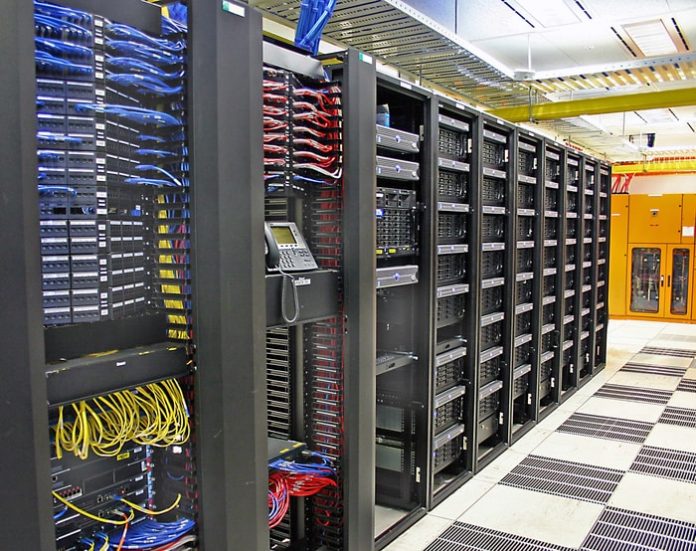
As our lives have moved online, it can seem that everything we do inhabits a sort of disembodied ether. Our emails, bank transactions, chats, photos, and work documents all happen “in the cloud,” a term often invoked by engineers and CEOs. But what “the cloud” is when it comes to computing can seem as insubstantial as its billowy namesake. The truth is that a massive physical infrastructure organizes, transports, and stores the data that we produce every day, only some of which involves the cloud. All of that data is stored in data centres, physical facilities that house computer systems, often large, powerful stacks of servers. There are many different types of data centres, and to help you better understand this technology, we’ve outlined the major types below.
Cloud data centres
When most people hear the term “data centre,” they are probably thinking of something like a cloud data centre: a massive building full of racks on racks of servers, cooled by liquid, operated by a huge company such as Google or Amazon, and drawing up massive amounts of power. Whenever you use a web application like Google Maps or Amazon Web Services, that application is hosted, and that data is stored, in a cloud data centre. Businesses find cloud data centres useful because they don’t have to maintain any of the physical infrastructure associated with computing, such as servers or fiber linkups. As a company grows, its data needs grow. But if you use a cloud data centre, you don’t have to install extra servers in your building to keep up with the demand. You simply buy more storage from your cloud provider. Cloud data centres can also be set up so that everybody with an internet connection can access their data, which allows for remote work.
Enterprise data centres
Enterprise data centres are facilities that are owned and operated by one company. They may be on a corporate campus, or in a single room in a company’s office, and they provide support for all of that company’s internal IT needs, such as server space, email and document hosting, and a company’s intranet. These data centres vary in size and complexity depending on the size of the organization. Furthermore, these data centres are often maintained internally by a company’s professional IT staff. Cloud providers such as Amazon have been predicting the demise of the enterprise data centre for years, but, as this article on Data Center Knowledge suggests, many large companies are moving towards a “hybrid model,” where they employ enterprise data centers for some needs, and cloud data centers for others. This is because enterprise-scale applications are often highly customizable, with features that may not appear in their cloud-based counterparts. This flexibility is one of the reasons why Data Center Knowledge notes that “more than 70 percent of enterprise workloads are still running in corporate data centers.”
Colocation data centres
Like its name suggests, a colocation data centre is a single data centre selling space and power to multiple enterprise clients. Clients will move their hardware to the colocation data centre for the data centre owner to take care of. Businesses use colocation data centres for several reasons: to keep their servers in a more secure location, to have their servers cooled with expensive, industry-leading systems, or just to free up space in their own offices. An example of a colocation data centre would be the P2 Microsite by NEXTDC, a company that manages data centres in Perth. The P2 is a fully functioning interconnect location, complete with racks for servers, fiber-access infrastructure, and redundant power allocation, ready to host a company’s equipment.










